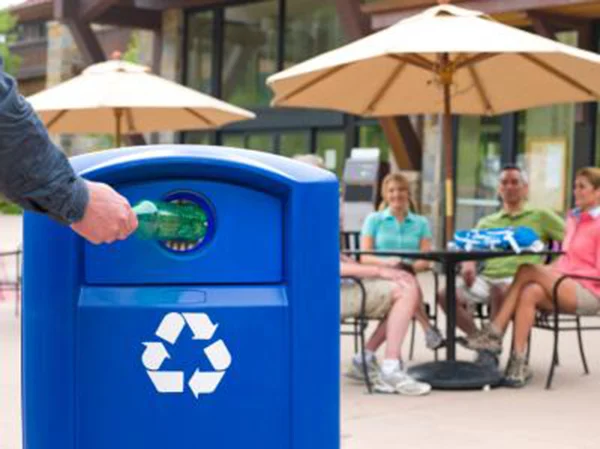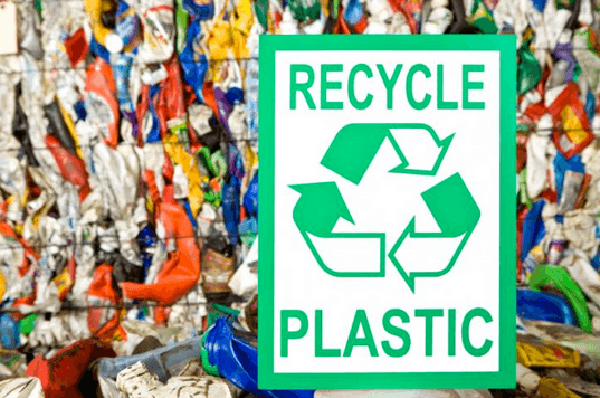The History of Plastics Recycling
Jun 29, 2021
Plastics recycling has a long and interesting history. It has expanded rapidly over the past few decades—today nearly all Americans have access to a plastics recycling program. And consumers now can find a wide range of products made with recycled plastics, from furniture to clothing to kitchen gadgets, which gives new life to these valuable materials by closing the recycling loop. Here are some milestones in the history of recycling plastics.
Plastics Recycling History
1972
The first recycling mill to accept residential plastics began operations in Conshohocken, Pa.
1980s
Major U.S. cities began establishing curbside collection programs for plastics and other recyclables.
1984
Plastics recycling topped 100 million pounds in the U.S. for the first time in the history of plastics recycling.
1986
Rhode Island became the first state in the history of recycling to mandate recycling, including some plastic bottles and containers.
1988
The triangular symbol to identify the plastic resin used to make packaging was adopted and quickly became widespread. Recyclers and consumers used the resin code to help them identify and sort plastics for recycling (although recyclers today generally use high-tech sorting equipment).

Plastics Recycling History
1972
The first recycling mill to accept residential plastics began operations in Conshohocken, Pa.
1980s
Major U.S. cities began establishing curbside collection programs for plastics and other recyclables.
1984
Plastics recycling topped 100 million pounds in the U.S. for the first time in the history of plastics recycling.
1986
Rhode Island became the first state in the history of recycling to mandate recycling, including some plastic bottles and containers.
1988
The triangular symbol to identify the plastic resin used to make packaging was adopted and quickly became widespread. Recyclers and consumers used the resin code to help them identify and sort plastics for recycling (although recyclers today generally use high-tech sorting equipment).

2000s
Communities began introducing “all bottles” collection so residents could toss any plastic bottle into the curbside bin, greatly simplifying recycling and boosting collection.
2001
Major recyclers began collecting recyclable plastics and other materials in a “single stream”— meaning residents toss plastics, glass, metals, and paper in a single large curbside bin, leading to recovery of up to three times more recyclable materials.
2010
Recyclers began asking consumers to place plastic caps (mostly polypropylene) back on bottles to be recycled.
2011
Recycling of plastic bags and flexible product wraps topped one billion pounds in the U.S.—55 percent growth since 2005.
2011—2013
Number of U.S. cities collecting all plastic bottles reached more than 2,000 in 2013—a significant increase from 1,570 cities in 2011. Number of U.S. cities collecting non-bottle “rigid” containers reached more than 1,660 in 2013—a significant increase from 1,200 cities in 2011.
2013
The number of drop-off locations, such as major retail and grocery stores, for plastic bags and wraps reached more than 17,500. Americans’ access to plastic bottle recycling reached 94 percent.
2016
Study finds that more Americans are able to recycle more plastics than ever before.
Recent Posts

October 26, 2016
The Most Successful Engineering Contractor
Dec 16, 2022
Review of Sevenstars in Plast Eurasia Istanbul 2019
Aug 17, 2021
How Is Plastic Pipe Extruded?
Jul 28, 2021
An Overview of Plastic Pipe Extrusion Line




